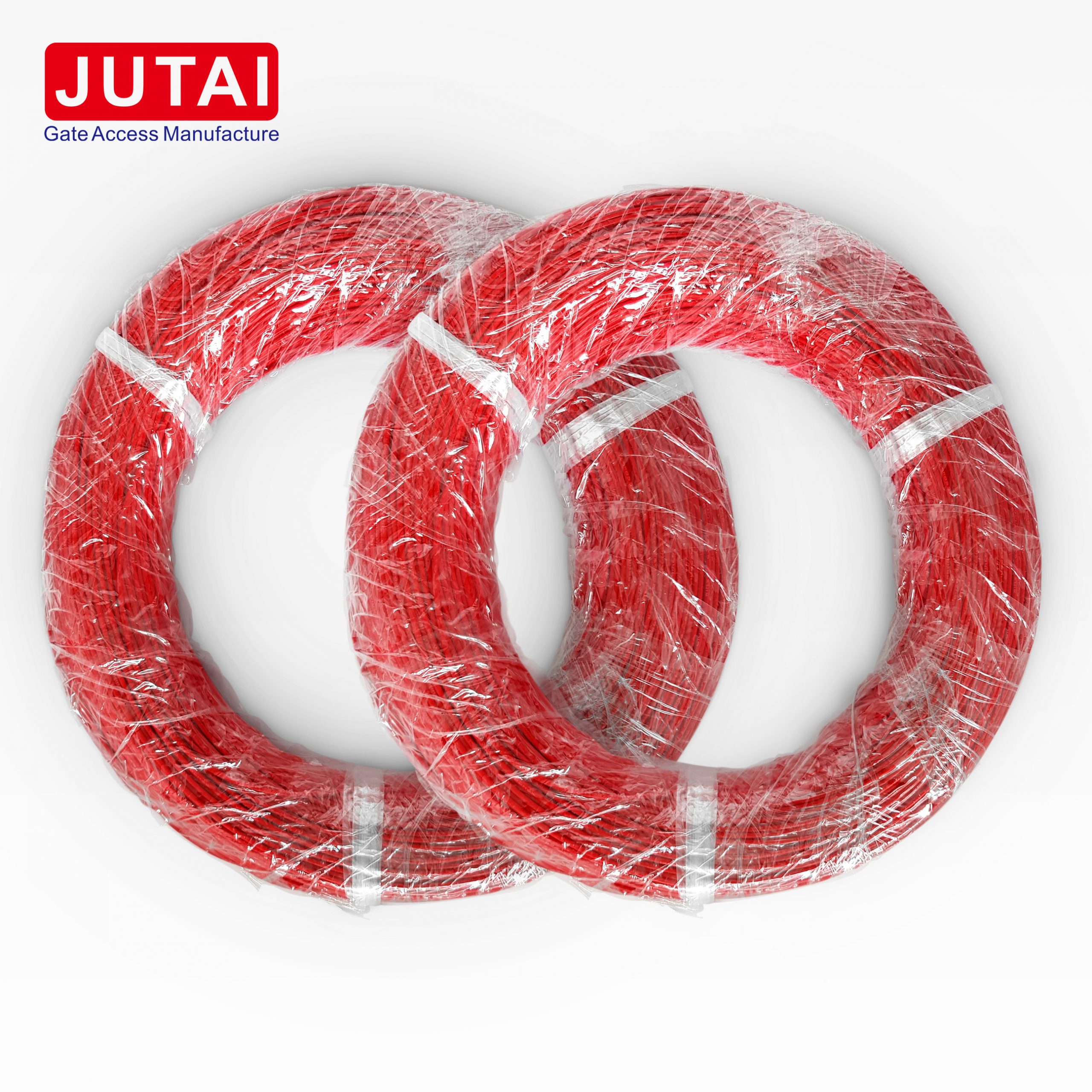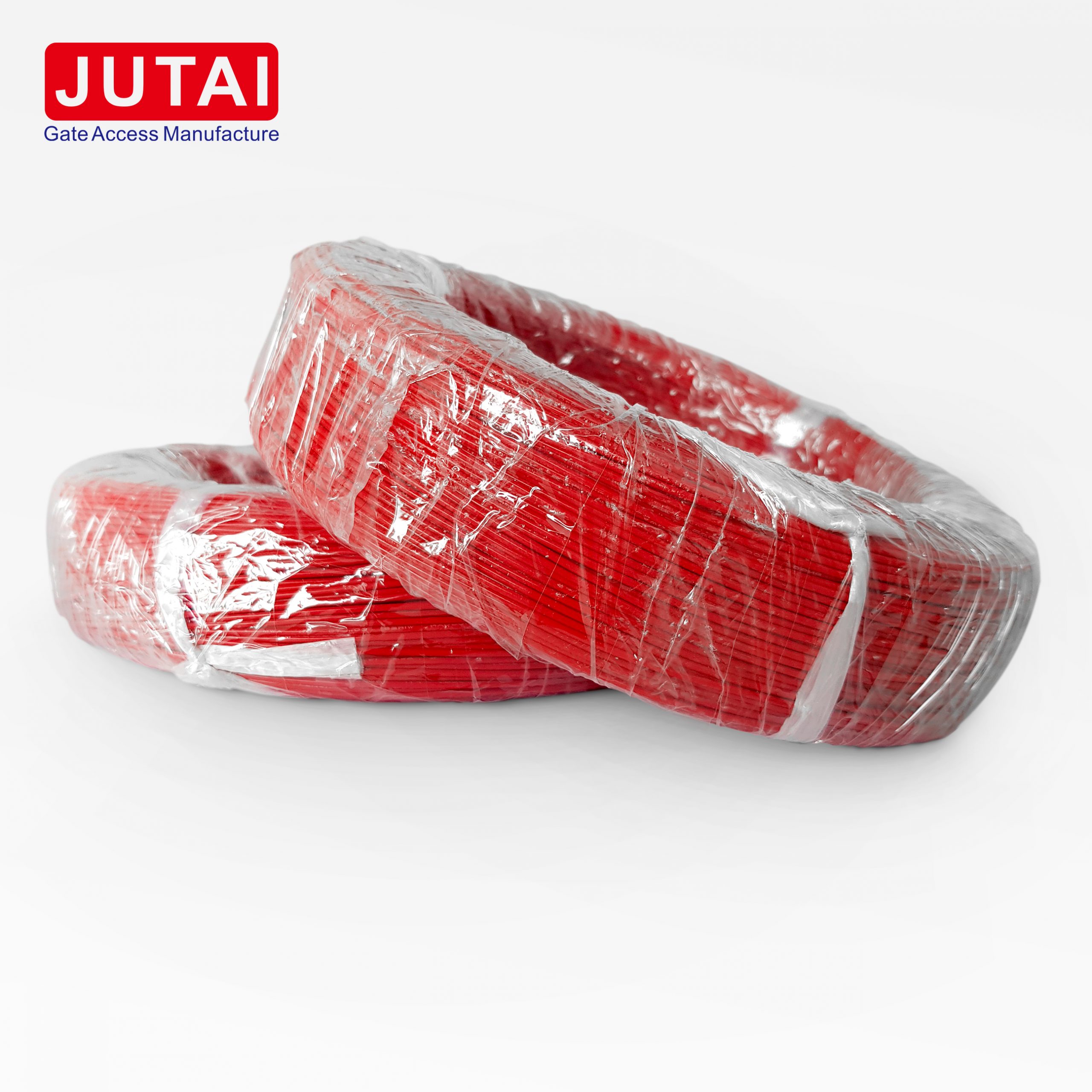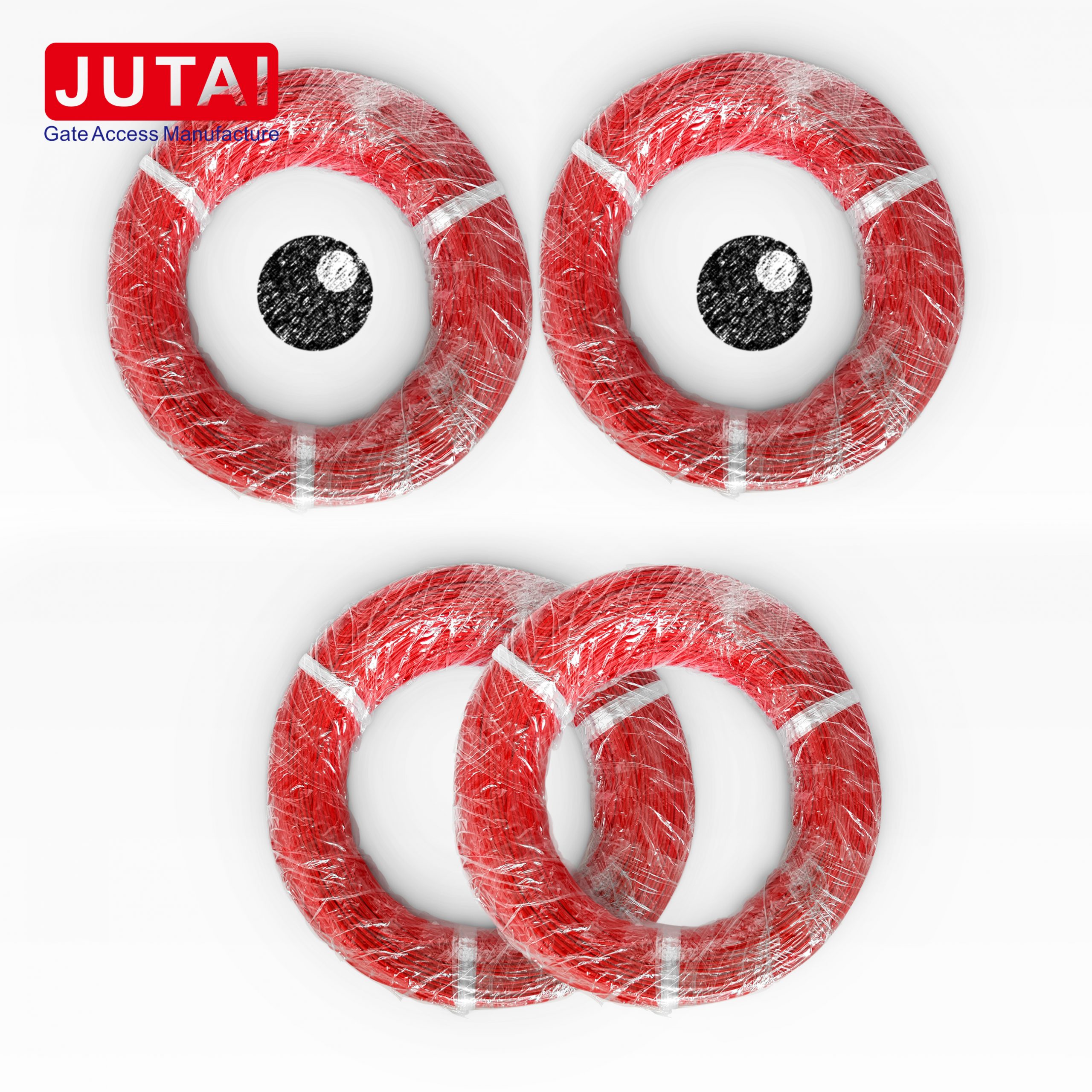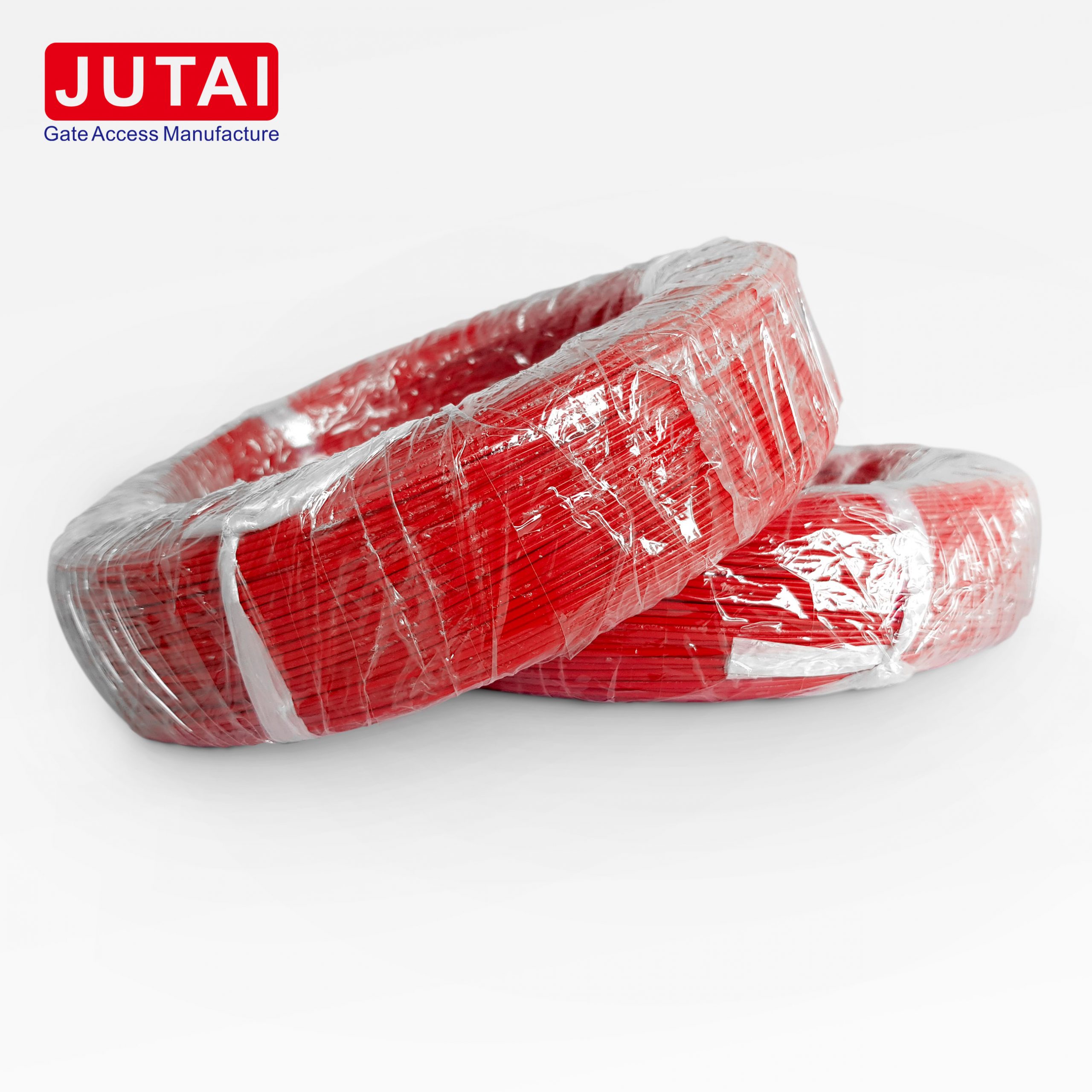Products Details
1. The detector should be installed in a waterproof housing as close to the loop as possible.
2. The loop and feeder should be made from insulated copper wire with a minimum cross-sectional area of 1.5mm2. The feeder should be twisted with at least 20 turns per meter. Joints in the wire are not recommended and must be soldered and made waterproof. Faulty joints could lead to incorrect operation of the detector. Feeders which may pick up electrical noise should use screened cable, with the screen earthed at the detector.
3. The loop should be either square or rectangular in shape with a minimum distance of 1 meter between opposite sides. Normally 3 turns of wire are used in the loop. Large loops with a circumference of greater than 10 meters should use 2 turns while small loops with a circumference of less than 6 meters should use 4 turns. When two loops are used in close proximity to each other it is recommended that 3 turns are used in one and 4 turns in the other to prevent cross-talk.
4. Cross-talk is a term used to describe the interference between two adjacent loops. To avoid the incorrect operation of the detector, the loops should be at least 2 meters apart and on different frequency settings.
5. For single channel loop detectors installation, slots should be cut in the road using a masonry cutting tool. A 45o cut should be made across the corners to prevent damage to the wire on the corners. The slot should be about 4mm wide and 30mm to 50mm deep. Remember to extend the slot from one of the corners to the road-side to accommodate the feeder.
6. Best results are obtained when a single length of wire is used with no joints. This may be achieved by running the wire from the detector to the loop, around the loop for 3 turns and then back to the detector. The feeder portion of the wire is then twisted. Remember that twisting the feeder will shorten its length, to ensure a long enough feeder wire is used.
7. After the loop and feeder wires have been placed in the slot, the slot is filled with an epoxy compound or bitumen filler.
JUTAI Other Products
IC/RF ID/magnetic cards and RFID card readers, automatic card, single channel loop detectors, photocell beam sensors, inductive loop coil for vehicle inductive detection, LED traffic light with barrier gates, parking vehicle access control system, parking management system, door access control management. We own extensive knowledge, rich experience, and high-quality products in this field to serve our customers. We expect to make progress and develop with our customers!




